For many years, HIIT (High-Intensity Interval Training) was the go-to for weight loss and getting toned. But too much of any one exercise is never a good thing—and it can lead to some serious stress, injury, burnout, and exhaustion.
This isn’t to say that HIIT doesn’t have its place. You just have to be smart about how and when you do it. So, what should you know? How can you use HIIT to your advantage?
Why Shouldn’t You Do HIIT Every Day?
HIIT has ample benefits. If it didn’t, no one would do it.
For instance, HIIT burns tons of calories in a short amount of time. It also works your heart and cardiovascular system. It may raise your metabolic rate for a duration of time after performing a HIIT workout. It can help regulate blood sugar. And it can be part of healthy weight loss efforts (but it doesn’t have to be!).
But like any other exercise, it’s not something you want to do every single day. Sure, it offers a way to fit activity in, while saving time. However, doing HIIT every day can lead to an increased risk of injury and prevent your body from making a full recovery.
A good way to check if your body is recovering adequately is by tracking your HRV (Heart Rate Variability). Many wearable tracking devices do this for you and even offer a “readiness score,” indicating how well you are recovering day-to-day (the Fitbit and WHOOP do this really well!).
If you’re only using HRV data, you can monitor your day-to-day numbers. Relatively, a lower HRV indicates that you haven’t recovered or aren’t recovering well. A higher HRV data point indicates you’ve recovered and are ready to dive headfirst into intense activity again. This can help you determine whether a HIIT workout is a good idea—or not.
Should You Do HIIT Before or After Weights?
Lifting weights is an excellent way to get “toned,” gain muscle, and lose excess body fat. This is because this type of stimulus, especially when involving progressive overload, signals your body to repair and lay down more muscle fibers. Since muscle burns more calories than fat at rest, it can also help you improve your body composition and lose weight.
Yet, lifting weights and HIIT have slightly different benefits. Thus, it makes sense that someone may want to perform a weightlifting session and HIIT. While this isn’t recommended to do every time, it may depend on your exact goal.
If you want to optimize for muscle gains, it’s best to perform HIIT after your weight session. If you want to optimize for endurance, do your HIIT session first (Note: Your lifting performance may decrease after performing HIIT).
So, how often should you perform HIIT? Aim for no more than 2-3 times a week. This gives your body time to recover. Even once-a-week HIIT sessions offer benefits, particularly regarding endurance and heart and respiratory health.
When Should You Not Do HIIT?
There are specific situations where HIIT isn’t appropriate. For example, it may be detrimental to your hormone and metabolic health to perform HIIT during stressful times. This is because HIIT may increase stress in the body rather than help with it. It’d be better to perform other forms of exercise that won’t overburden the body.
On top of this, it’s not recommended for the following individuals to perform HIIT:
- Women who are pregnant
- Injured individuals
- Individuals with suppressed immunity
- Sick individuals
- Individuals with heart conditions
- Individuals with osteopenia or osteoporosis
- Individuals with pelvic floor weakness or issues
For many of the above, it’s best to have your doctor clear you for performing this type of intense exercise before attempting it.
What is a Better Way to Lose Weight and Gain Muscle?
HIIT can be part of a healthy exercise routine. However, a better way to lose weight and gain muscle (plus feel good and look great!) is by lifting weights three to four times a week with progressive overload and walking close to 10,000 steps per day.
Weight training will help maintain weight loss easier due to increased muscle mass. It also gets you the most bang for your buck in the least amount of time (meaning no long cardio sessions!). HIIT can complement this type of routine by offering a cardiovascular boost for short durations. This can offer similar benefits to long cardio sessions, minus the time component.
At the same time, if your goal is to gain muscle, HIIT probably won’t help you get there. This is due to the fact that usually, HIIT requires longer recovery periods, which can hinder your lifting progress and muscle gains. However, you could tailor your diet and downtime to include both. It really depends on the individual, your goals, and what else you’re doing (such as your diet, sleep, stress levels, etc.).
At the end of the day, whether you perform HIIT or not is entirely an individual choice based on what you’re trying to achieve. If you decide to perform HIIT, the key is to monitor your recovery efforts, such as by watching your HRV data or readiness score, so that you don’t overdo it.
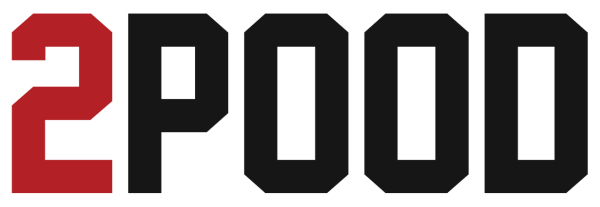
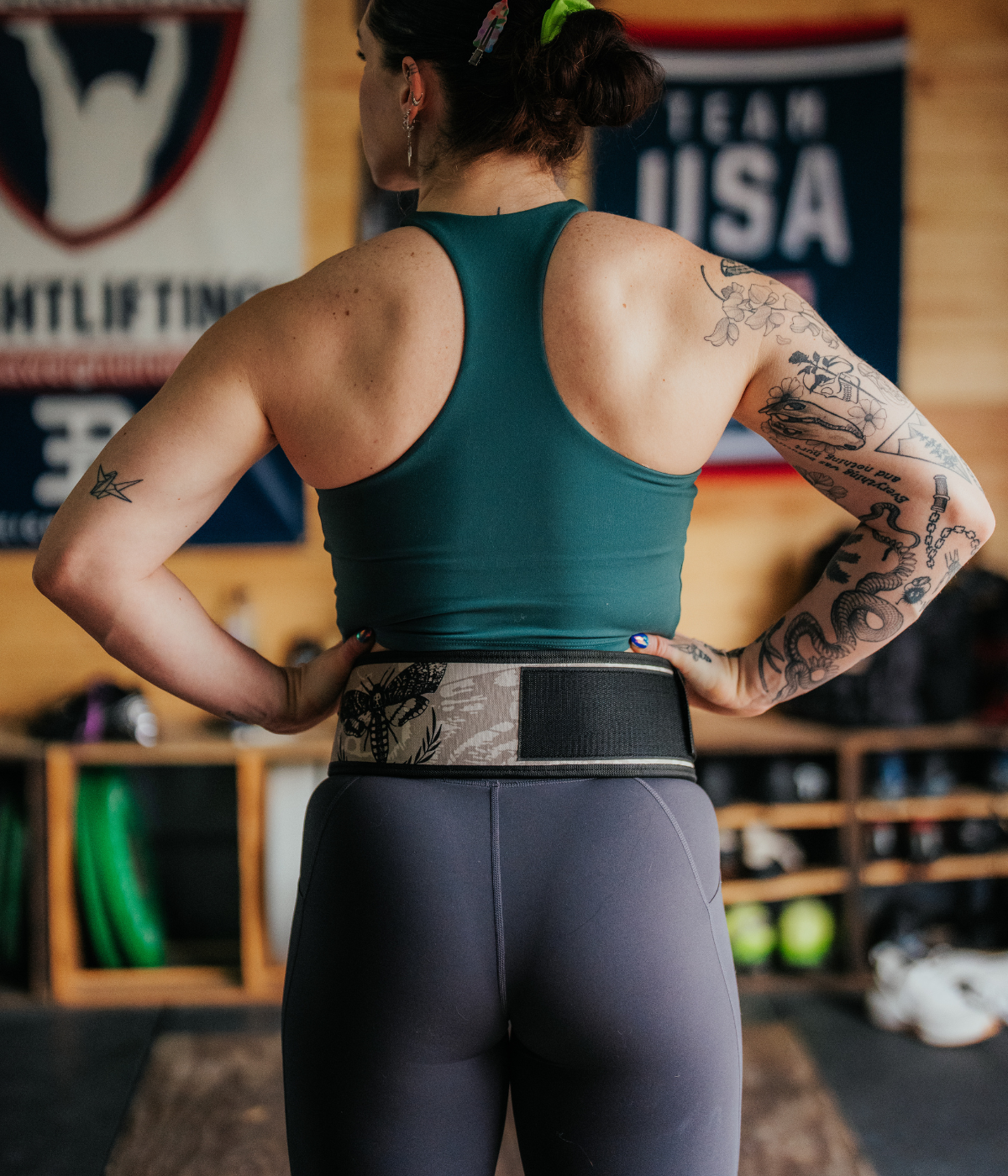
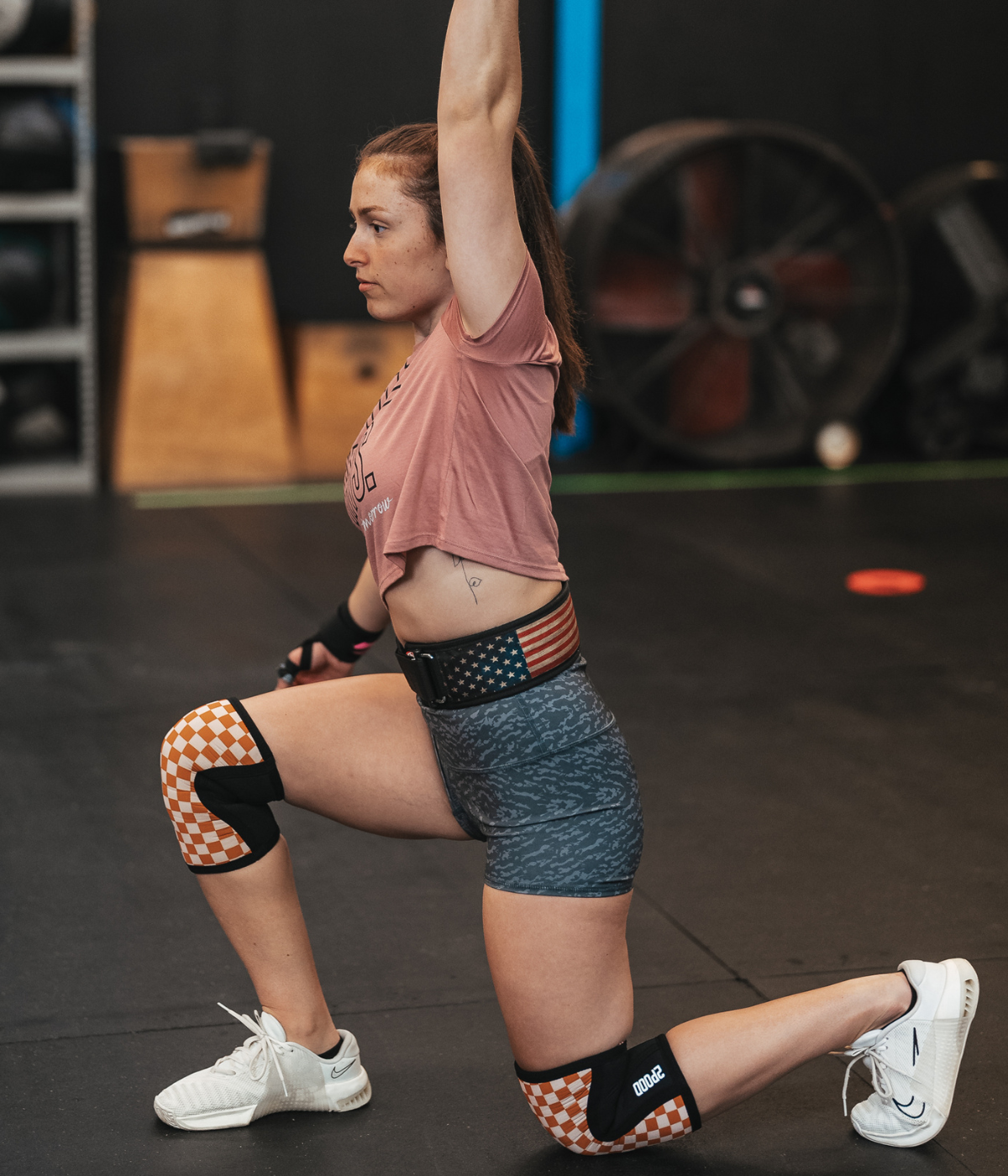
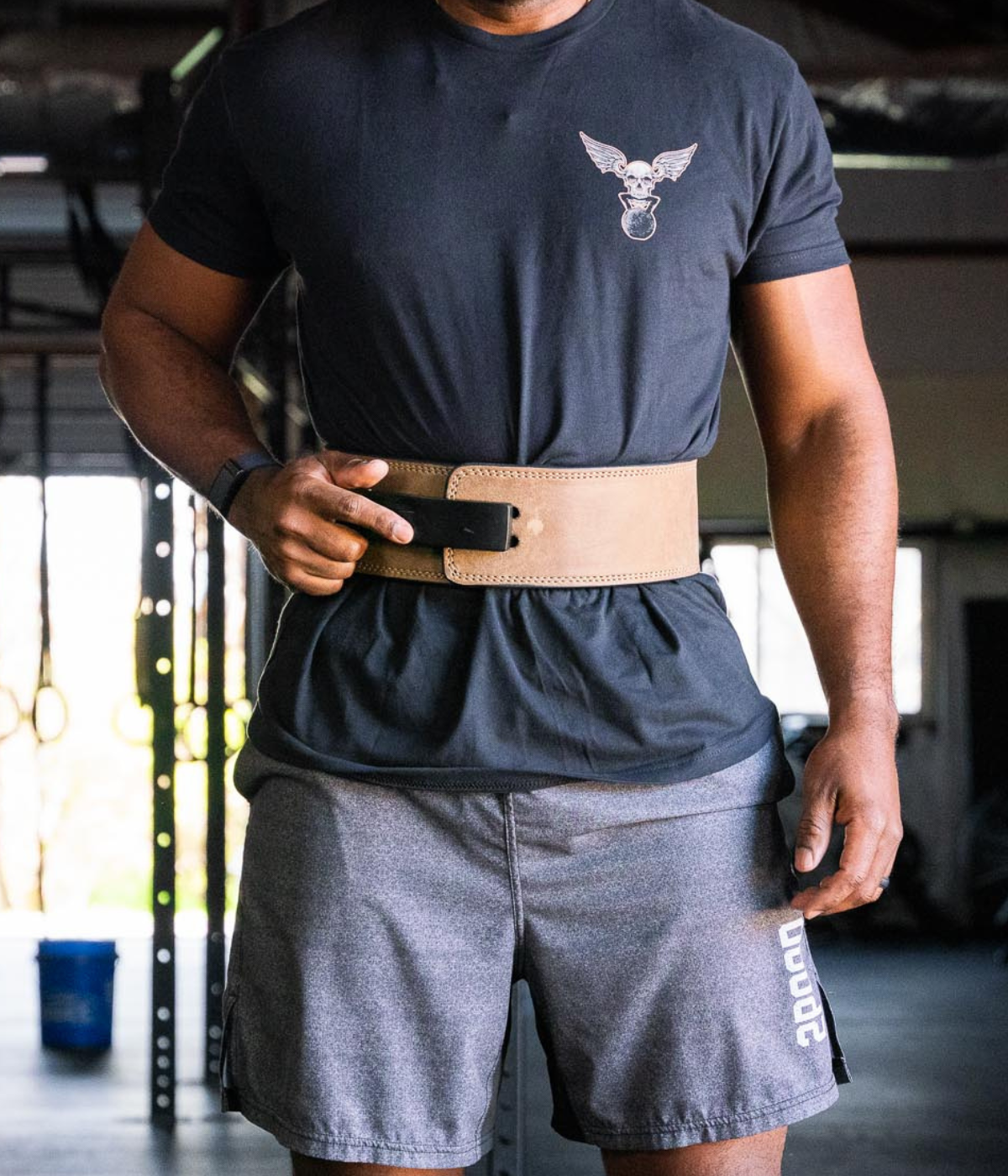
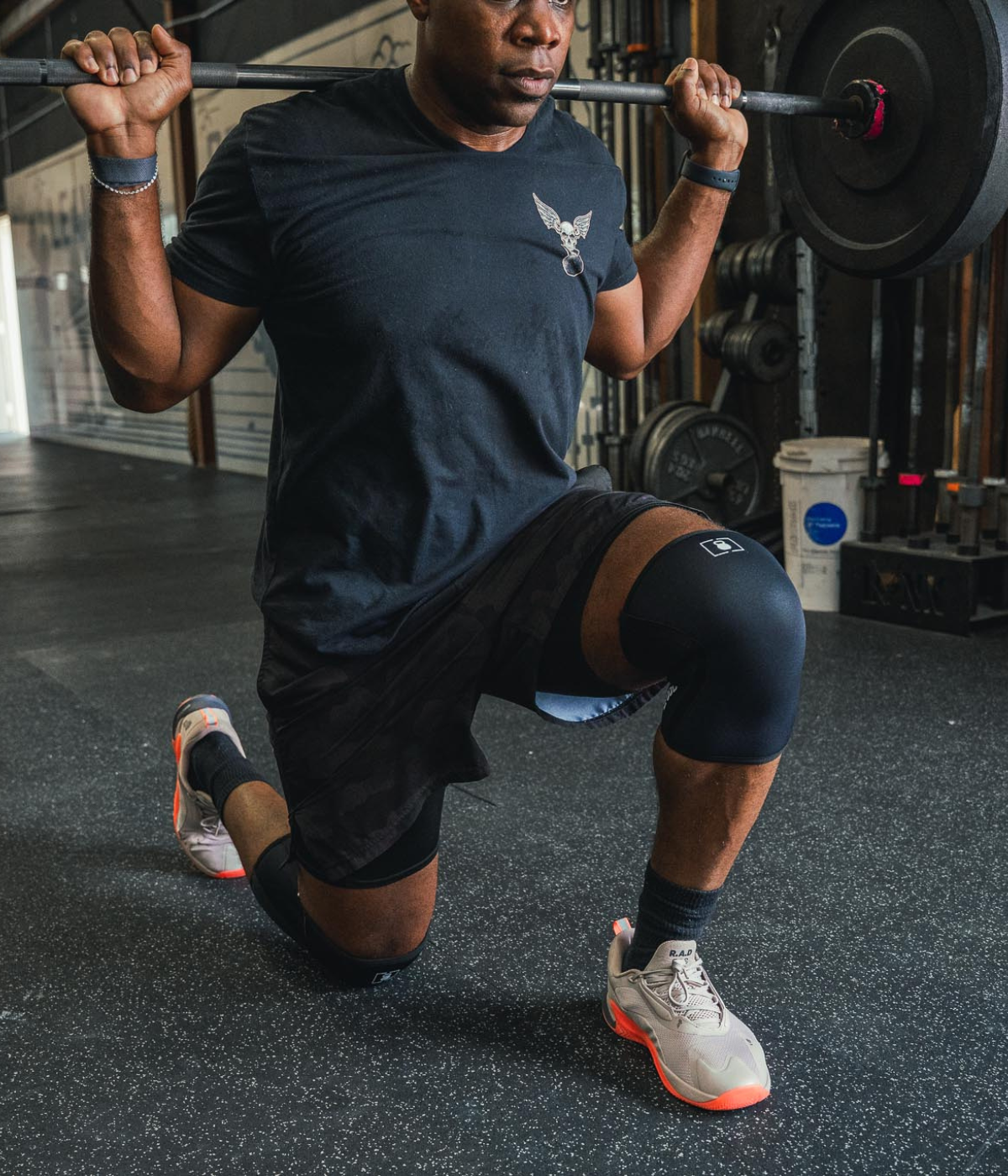
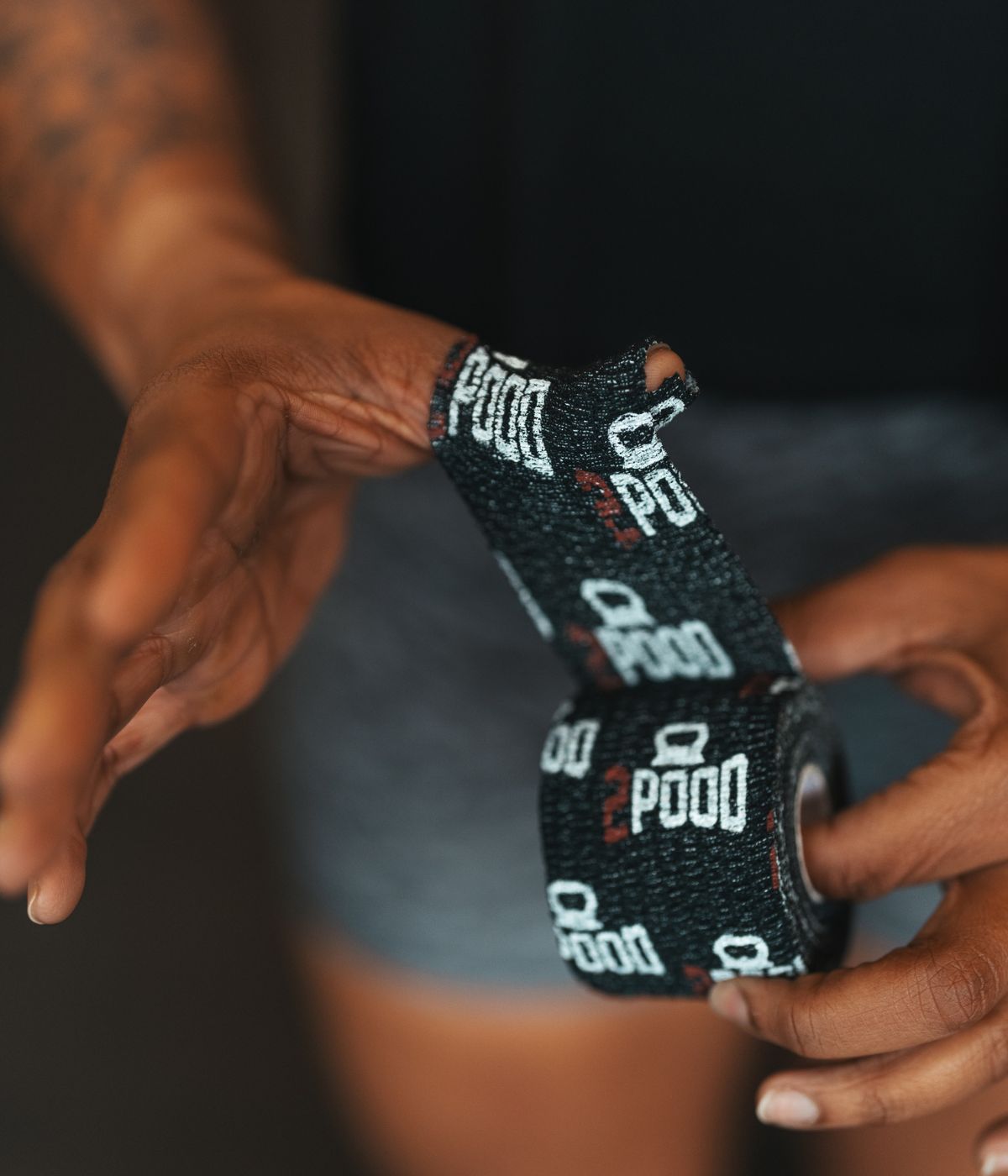
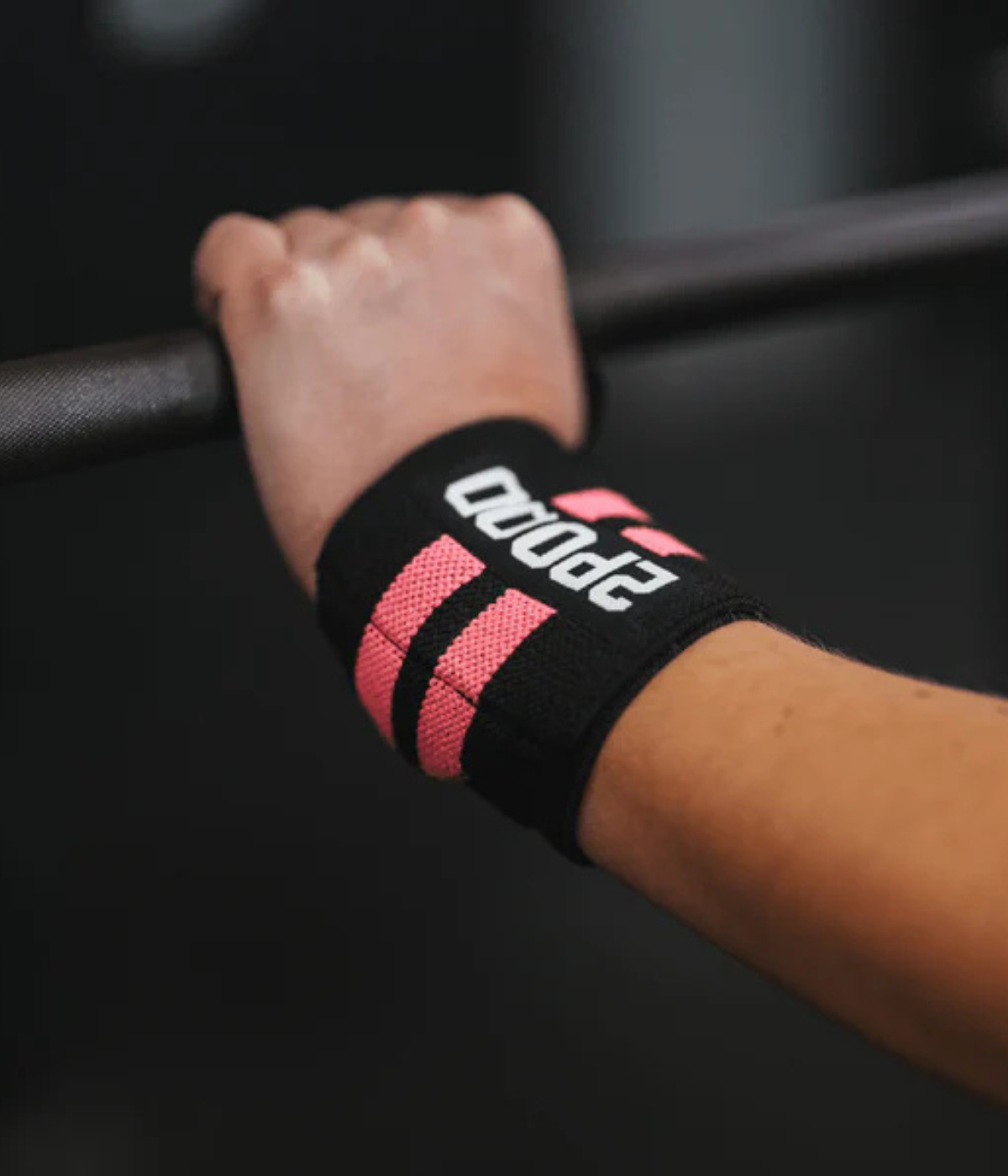


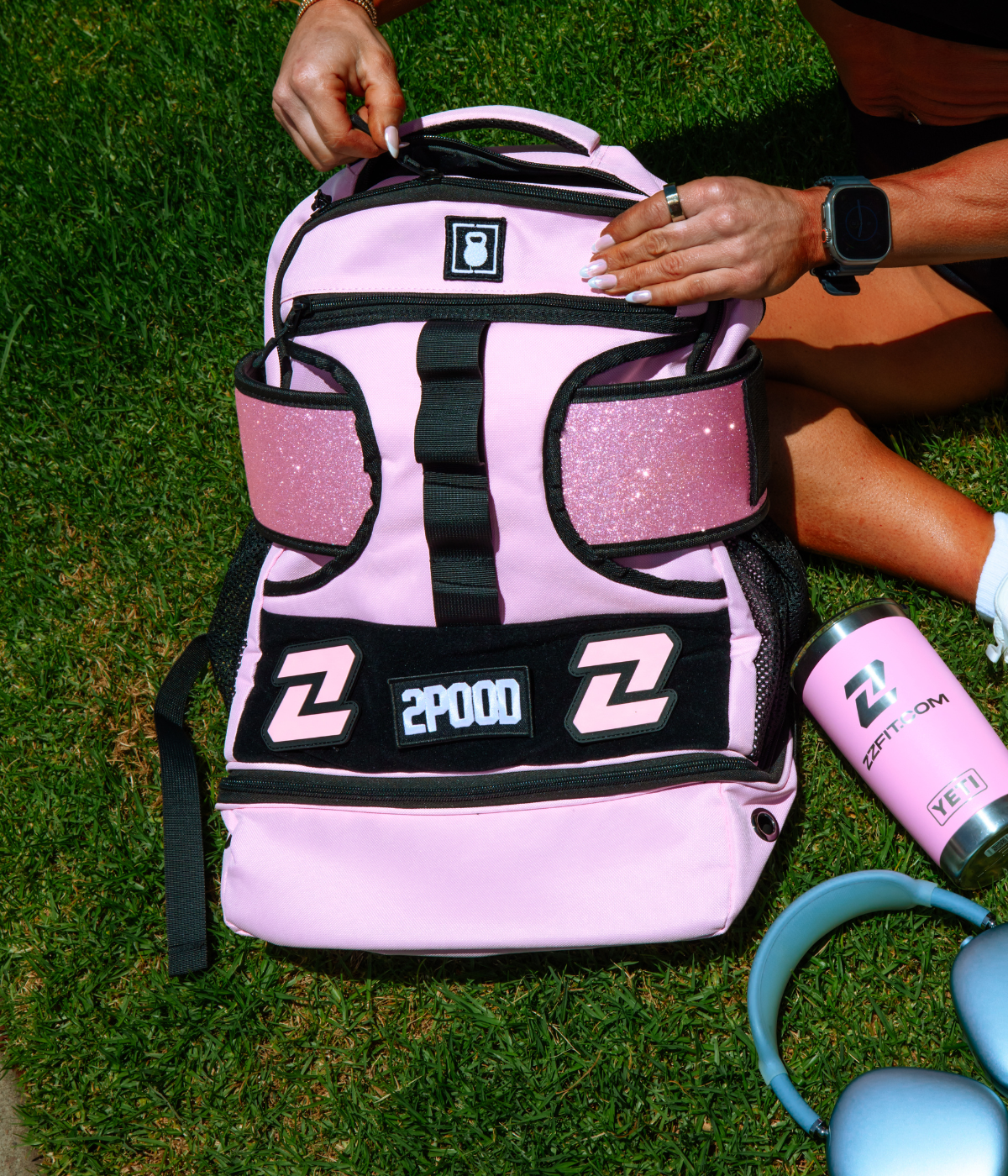
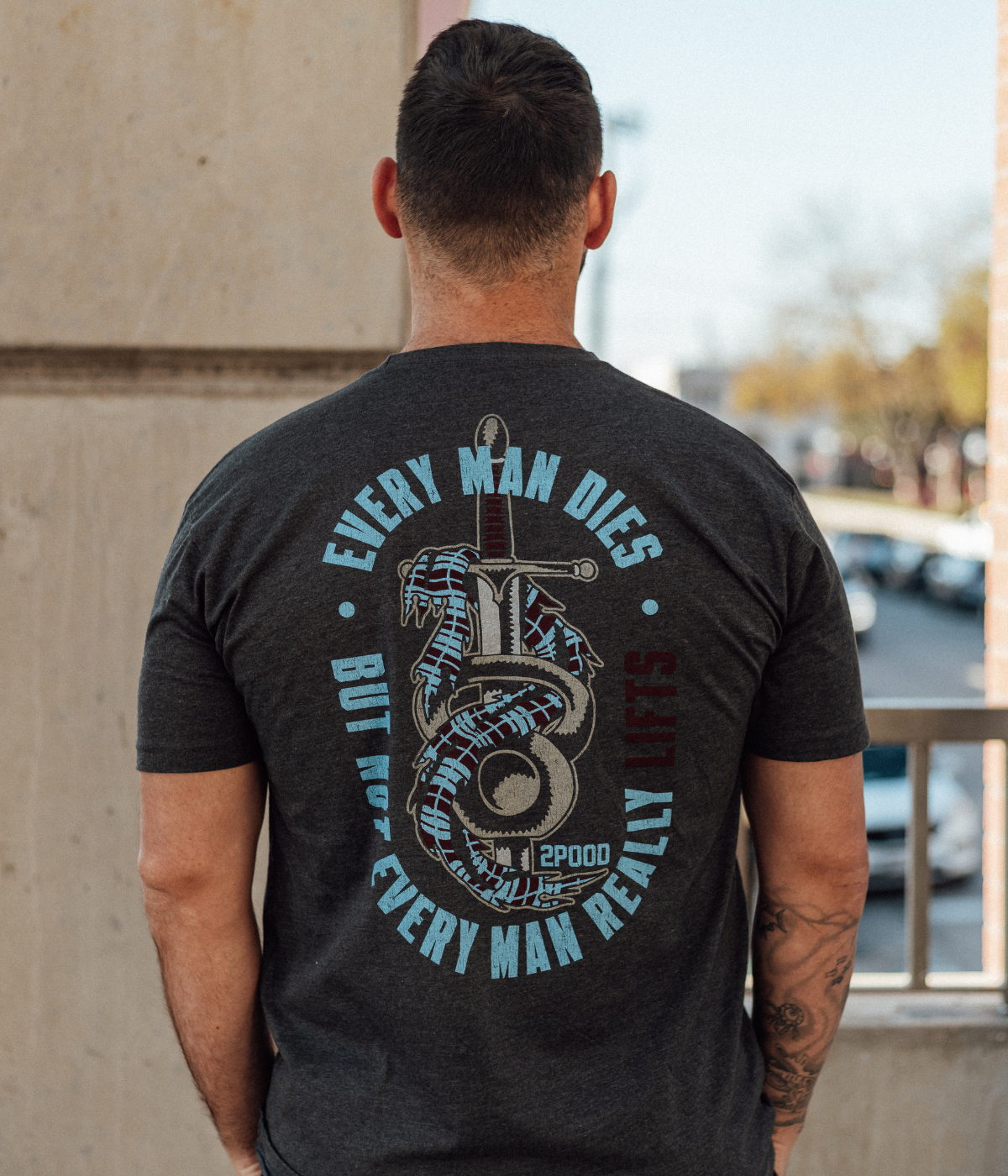

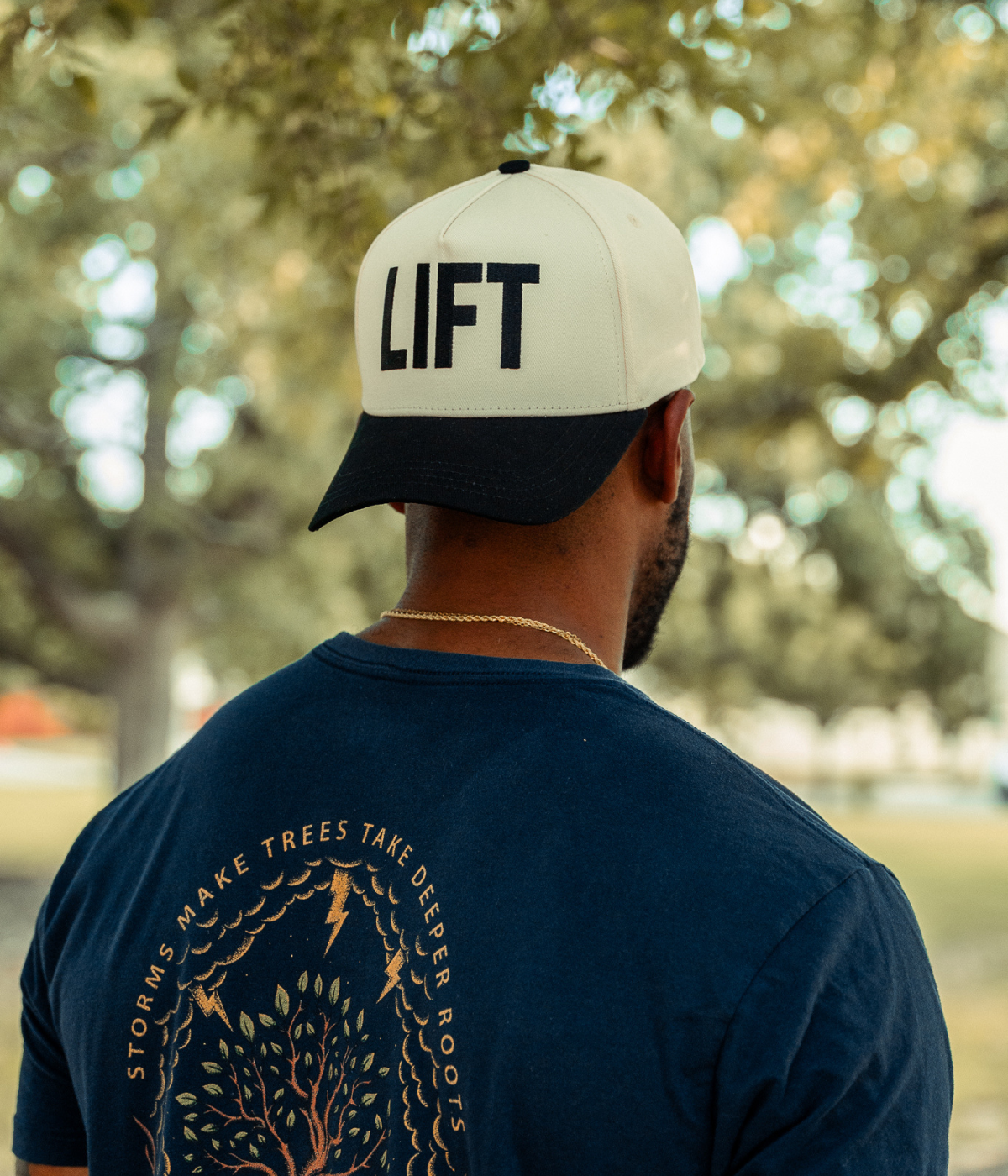
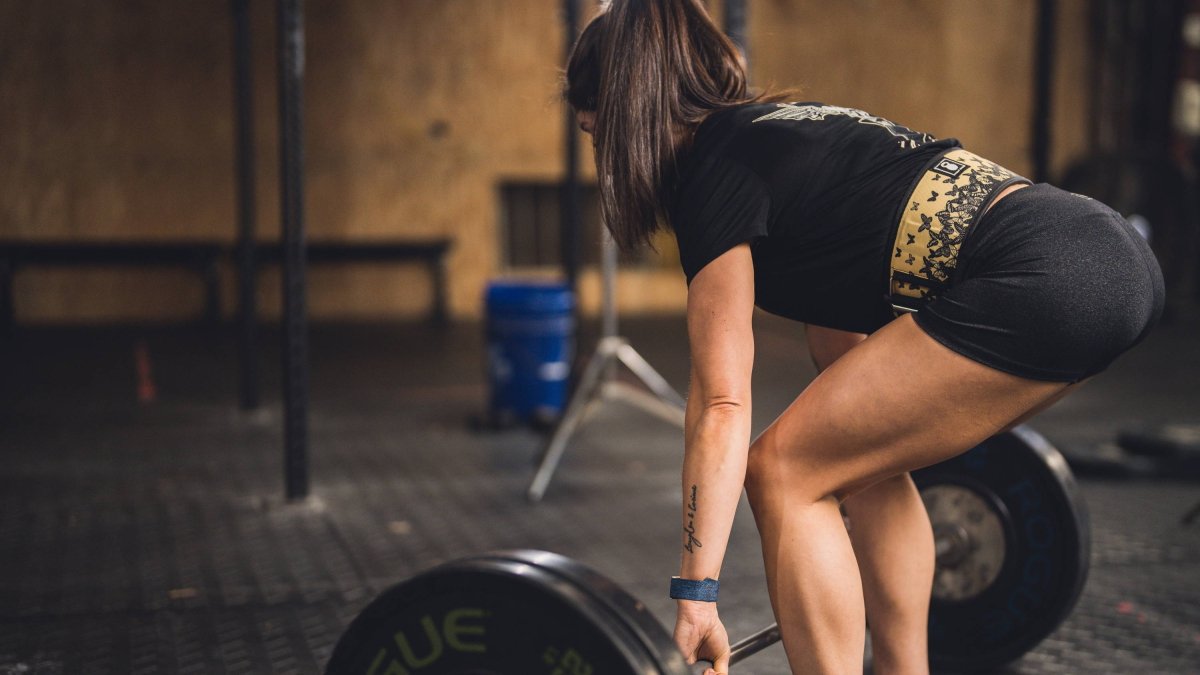
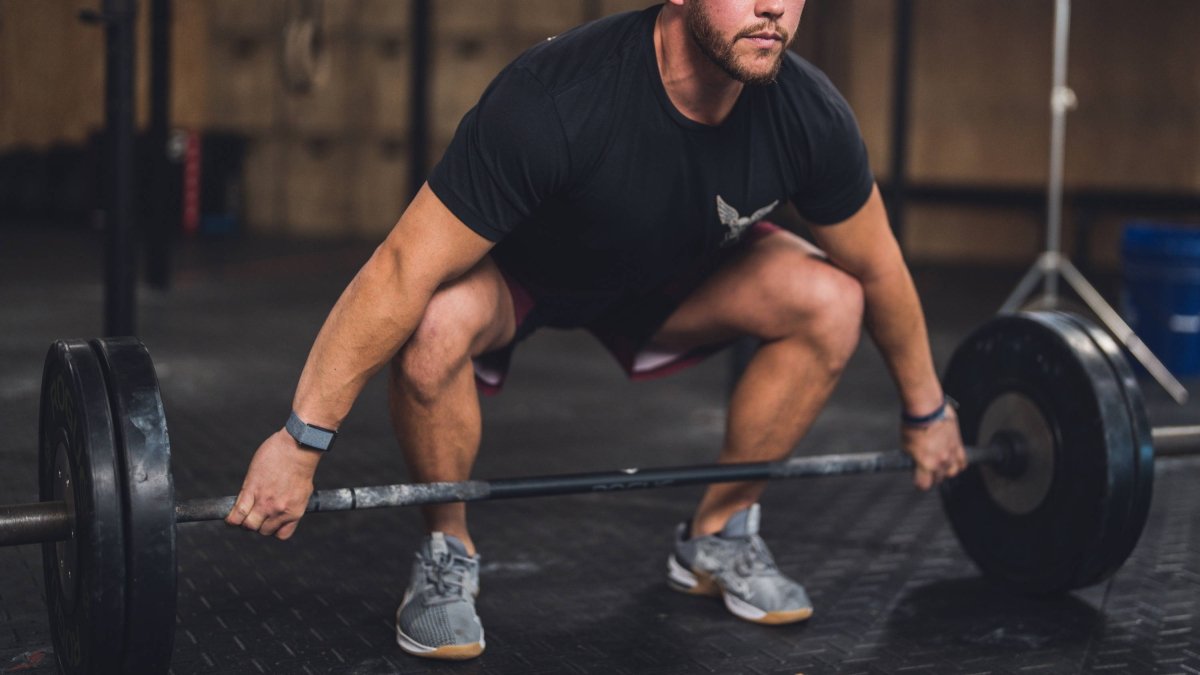
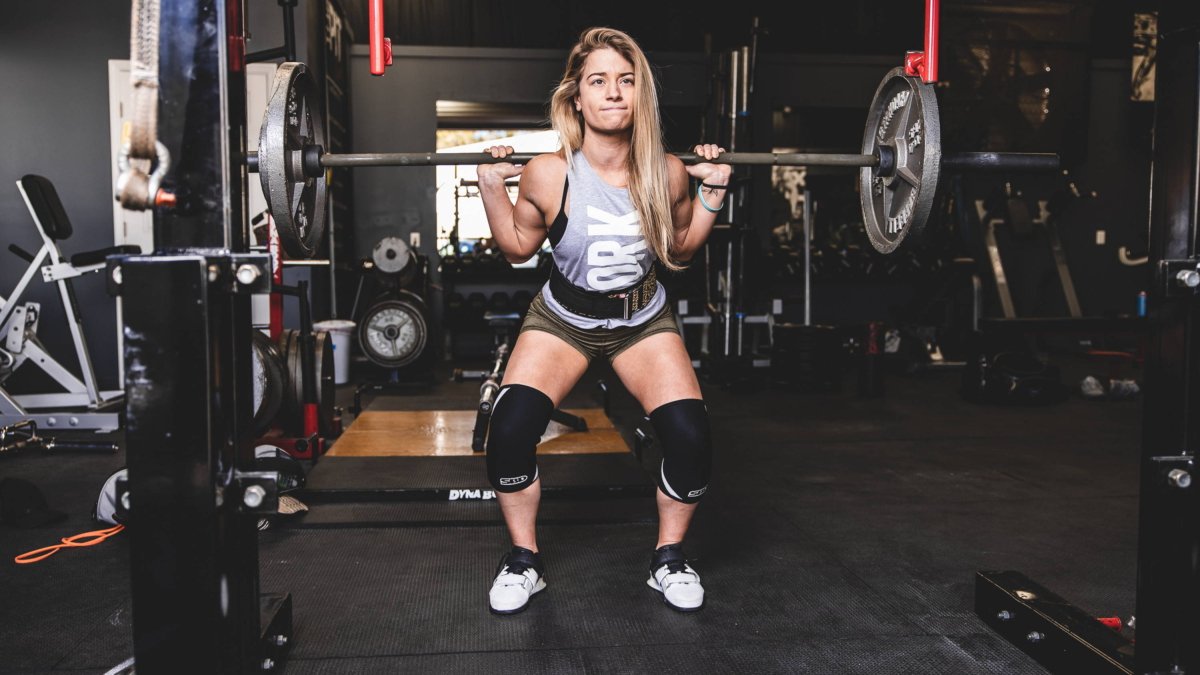
Leave a comment
All comments are moderated before being published.
This site is protected by hCaptcha and the hCaptcha Privacy Policy and Terms of Service apply.